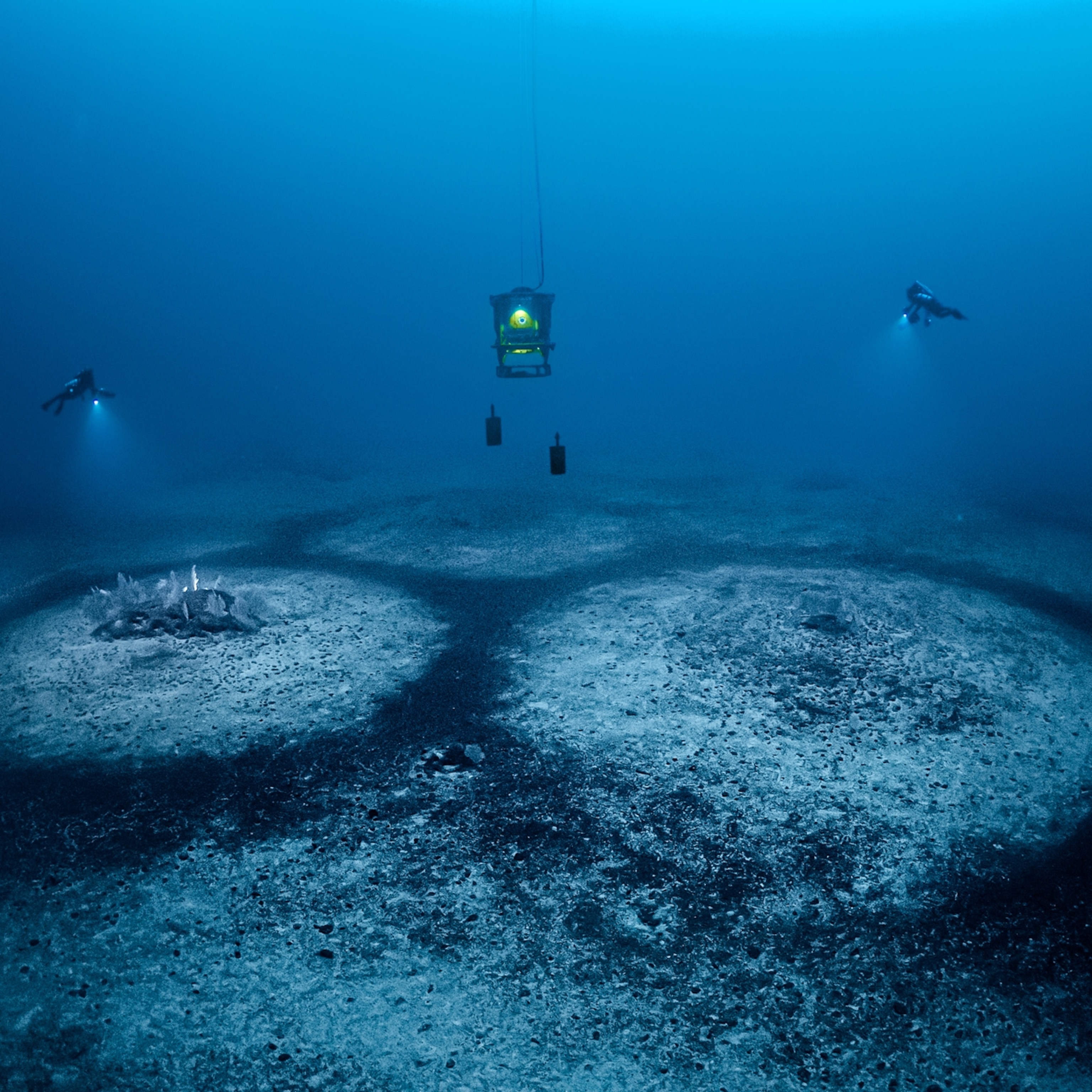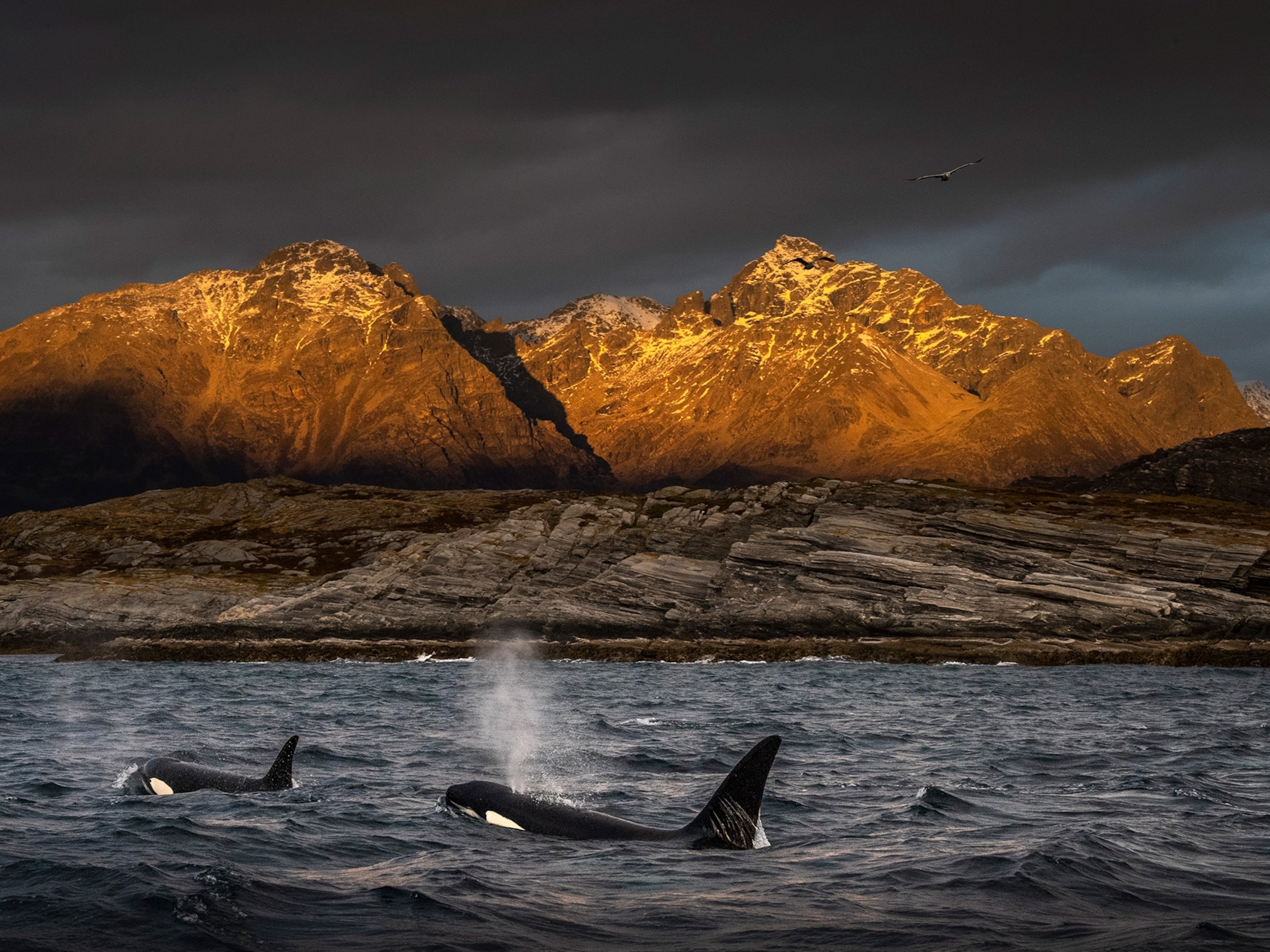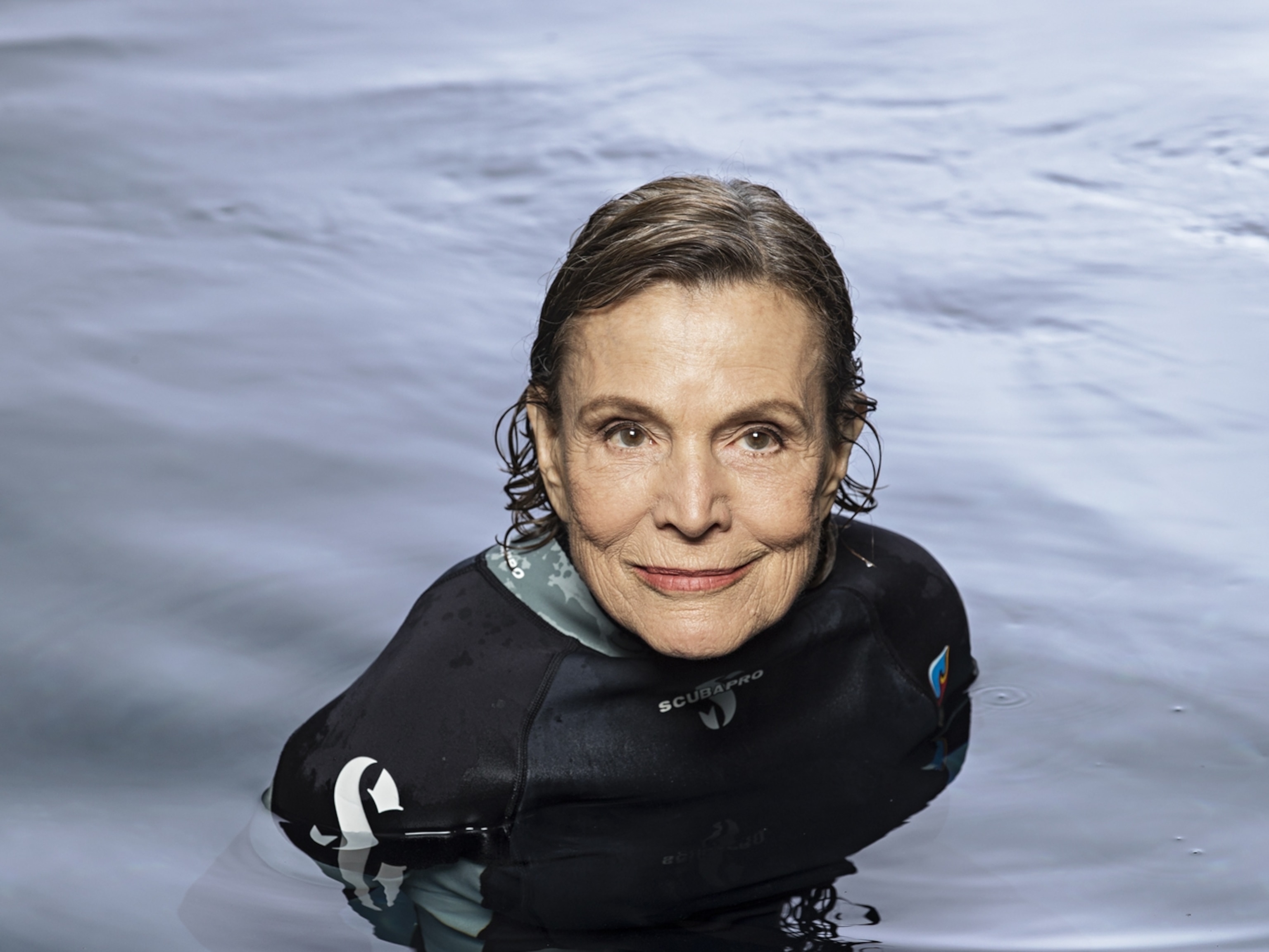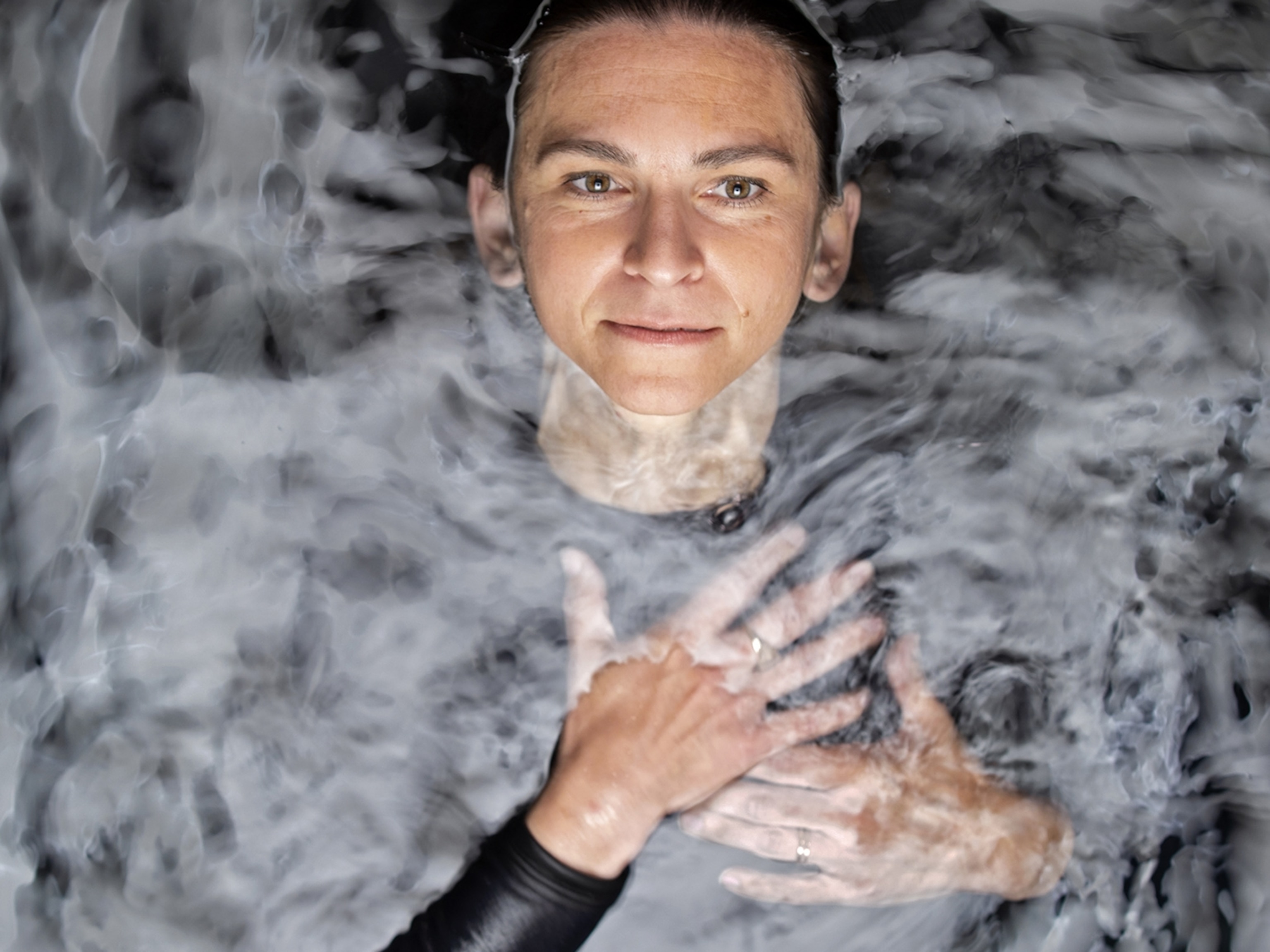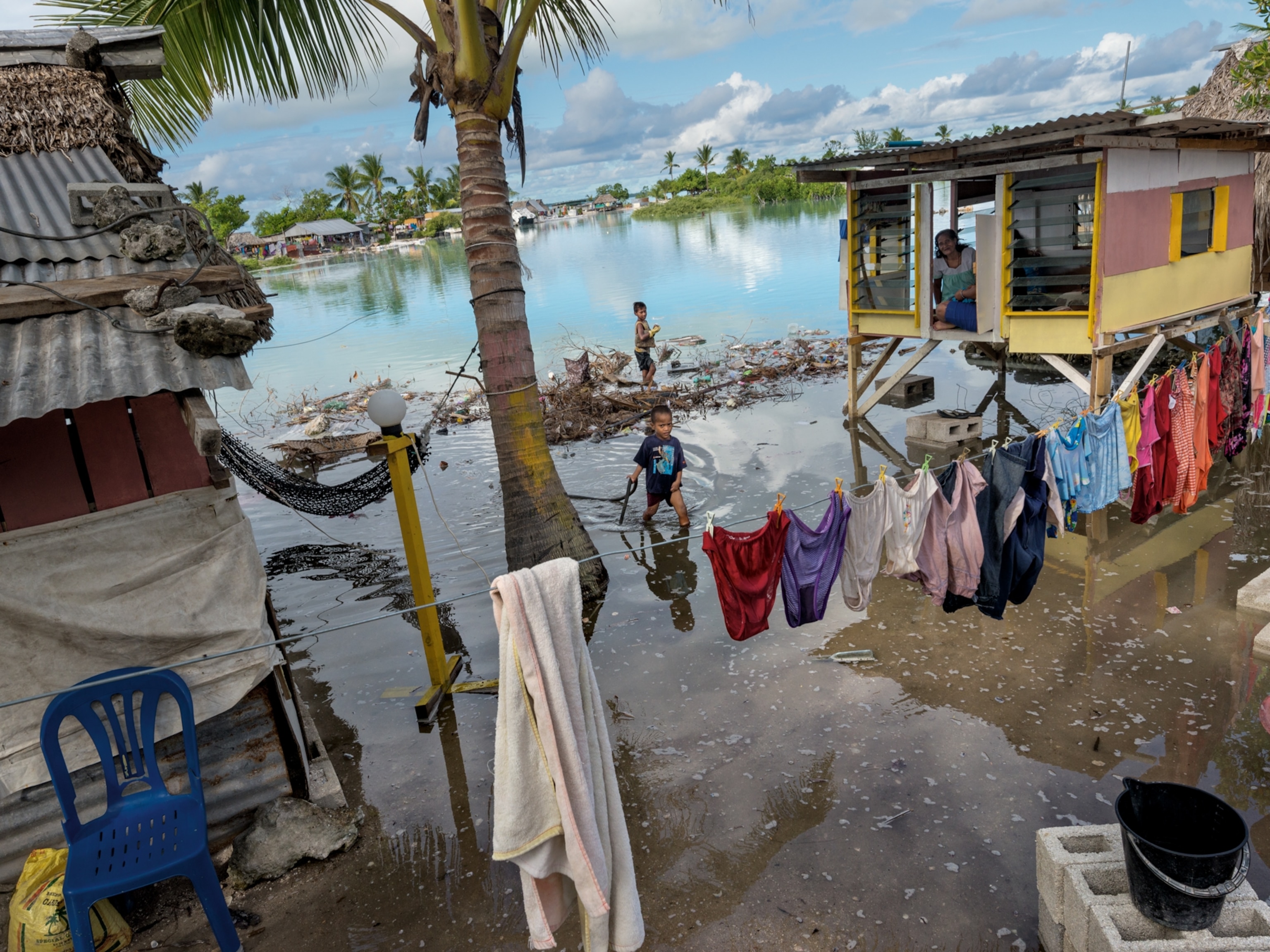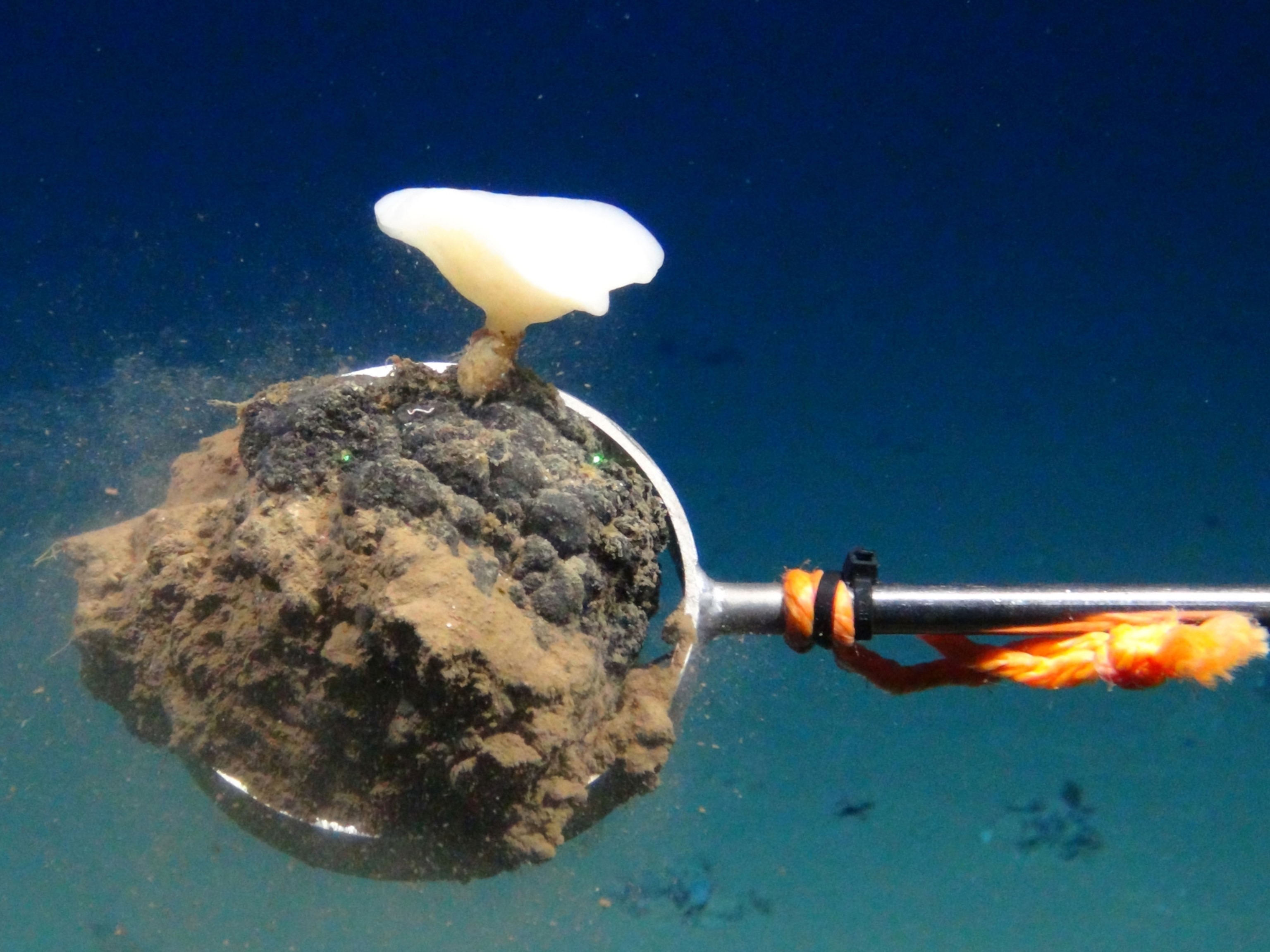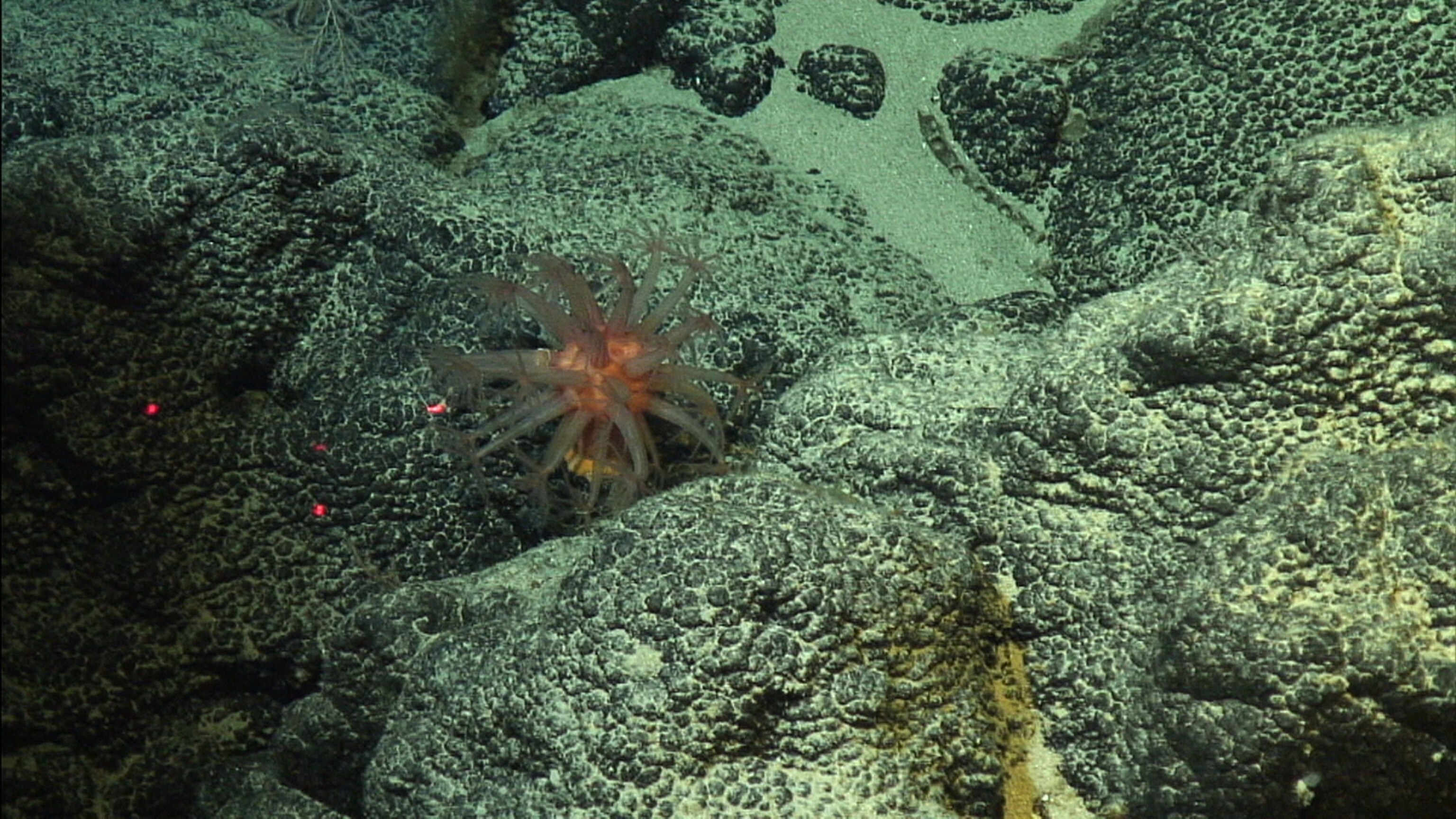
Do we know enough about the deep sea to mine it?
Eighteen years of company-collected data on deep sea ecosystems targeted for mining will add to our scant knowledge of the abyss.
The fate of fantastical deep sea creatures that live in unearthly habitats targeted for industrial mining might rest on a trove of scientific data collected by mining companies, but long kept secret.
For 18 years, that information has been locked in a black box at the International Seabed Authority (ISA). The United Nations organization headquartered in Kingston, Jamaica, is charged with promoting the mining of the ocean floor while, contradictorily, ensuring its protection.
That’s about to change. As the ISA meets this month to draft regulations to allow mining to begin, it is set to unveil a public database that contains all environmental data reported by the miners since 2001. For the first time, scientists will be able to analyze the quantity and quality of that information and determine if mining contractors have complied with ISA rules.
Most importantly, they’ll try to answer an existential question: Do we yet know enough about one of the planet’s last untouched wildernesses—and its role in the global climate system—to protect it from mining without risking widespread destruction or the extinction of rare and undiscovered species?
The ISA has issued 29 licenses to corporations, startups, and state-backed companies to explore vast swathes of the seabed that contain the world’s largest reserves of cobalt, nickel, and other valuable minerals. Those metals are in high demand to make everything from electric car batteries to iPhones. The mining contractors in turn are required to collect extensive environmental baseline data on the biology of their little-explored and ecologically unique claim areas. The ISA, however, has treated that information as highly confidential, withholding it even from its policymaking body.
Building a baseline
Given how little is known about the deep ocean, baseline data is supposed to inform the writing of environmental management plans and help determine the impact of deep sea mining. It will also be crucial for establishing a reference point to monitor the consequences of mining over time.
“That environmental baseline data is literally the block upon which everything to come will be built and it needs to be not only plentiful but of high quality and accessible,” says Diva Amon, a deep sea biologist at the Natural History Museum in London.
But a summary of ISA mining contractor data collected between 2001 and 2016 and reviewed by National Geographic shows a wide disparity in efforts to discover what lives in the biggest area of the deep ocean set to be mined—a nearly 500,000-square-mile chunk of the Clarion-Clipperton Zone (CCZ).
Lying between Hawaii and Mexico at depths that reach more than 16,000 feet, the CCZ seafloor is two-thirds the size of the continental United States and covered in millions of polymetallic nodules. The potato-sized chunks of rock are rich in manganese, cobalt, copper and other metals that have precipitated from the seawater over tens of millions of years.
It is, scientists now believe, one of the most biodiverse places on Earth.
In a decade of exploration, though, even the most diligent mining contractor had only collected one biological sample for every 16 square miles after deploying more than 1,500 sampling stations in its 25,000-square-mile claim area, according to the summary. Other contractors had collected far less: a single biological sample for every 100, 1,000 or even 4,000 square miles (which is about the size of Jamaica).
“The resolution and robustness of the data is really poor for any valid environmental baseline study,” says Sandor Mulsow, who until January served as the director of the ISA’s Office of Environmental Management and Mineral Resources and has emerged as a critic of the organization.
“The main problem at the moment is the lack of enforcement of environmental regulations and the lack of data for a proper environmental impact assessment,” Mulsow and then-ISA scientific affairs officer Stefan Bräger wrote in a paper published last September. “We are confronted with poorly understood ecosystems, pitifully sampled.”
But scientists who have conducted surveys in the CCZ for mining companies caution that sheer numbers do not necessarily indicate the value of the data collected. “Biological samples are of many, many types, and can vary in quality, scale and relevance,” says Craig Smith, a deep sea scientist at the University of Hawaii and a leading authority on the CCZ.
Still, he acknowledges that “While there is some very good data, there is variable quality among the mining contractors, there’s no doubt about that. The CCZ is grossly under sampled overall.”
The secretary-general of the ISA, Michael Lodge, rejects allegations of lax environmental enforcement. “The only thing I would say is an issue is, yes, the area is so big, there is a problem in terms of frequency of sampling across the entire zone,” he says. “I think the database will help give us a holistic picture, help us identify where the gaps are and hopefully target much better research.”
Christopher Williams, managing director of mining contractor UK Seabed Resources, a Lockheed Martin subsidiary, welcomes the disclosure of the data. “I don't think we can move the process forward without transparency around environmental data,” says Williams. “If contractors aren’t complying with the regulations, that needs to be seen, absolutely.”
For some marine biologists, the deep sea data deficit is not insurmountable. But they underscore the high risk of industrializing the seabed. That’s especially true when astonishing discoveries are being made with nearly every research expedition, findings that could upend scientific understanding of abyssal ecosystems and the potential consequences of mining. As if to highlight that risk, the International Union for Conservation of Nature last week for the first time declared a deep ocean animal, the scaly-foot snail, endangered from deep sea mining.
The challenge will be that there may be rare species that we don’t know anything about.Adrian Glover, deep sea biologist at the London Natural History Museum
Deep sea whales
I’m at Smith’s Honolulu lab peering into a plastic container at a critter straight out of Dr. Seuss—a foot-long, pale-white elasipod sea cucumber sporting 92 feet, seven lips and an armature of spiky appendages—when the oceanographer mentions the whales.
On a month-long research cruise to an all-but-uncharted stretch of the western CCZ in May 2018, Smith and his colleagues sent a remotely operated vehicle to a depth of 11,500 feet to survey the tops of underwater mountains called seamounts. While collecting otherworldly animals like the sea cucumber and gummy squirrels, they came across a distinctive groove mark.
“We saw one and then after a while we saw a lot of them—dozens,” Smith recalls. “And we said, wow, what else could make them but beaked whales?”
No known deep-sea creature is capable of etching such large indentations. But the world’s most elusive cetacean, the beaked whale, has been documented making similar marks elsewhere, for reasons unknown. Beaked whales spend much of their lives diving at extreme depths and are rarely seen at the surface. A study published earlier this year found that satellite-tagged beaked whales off the coast of North Carolina dived as far down as 9,200 feet. The researchers noted that a beaked whale off Southern California had been recorded reaching a depth of nearly 10,000 feet after a two-and-a-half hour dive.
Smith is confident that the gouges his team saw last year were “certainly no more than months old.” That’s because the grooves were cutting through real-time tidal ripple marks moving through the seamount sediment.
If beaked whales are indeed plowing their noses into the abyssal soil, the implications for deep sea mining could be significant, given the potential disruption the marine mammals could experience from light and noise generated by 24-hour mining operations. Smith found the gouges in an area surrounded by mining claims, and he notes that “They could be in mining areas too; there’s no reason to think those are any different.”
Deep sea discoveries
Such discoveries in the CCZ have accelerated in recent years as mining contractors invest millions of dollars into environmental surveys of the region.
Still, the pace of scientific research is far lagging a concerted push by miners and the ISA to finalize mining regulations by the end of 2020. Even so, it’s unlikely commercial mining would commence until the late ‘20s.
“One of the main problems with moving forward so quickly is that science is being forced to generalize,” says Amon, whose research has focused on the CCZ. “For large areas of the abyssal zone where nodules are found, we’re now just answering the most basic scientific question: What lives there?”
While scientists estimate that half of the larger species in the eastern CCZ—anemones, sponges, corals—live on polymetallic nodules, no one has yet been able to compile something as fundamental as a list of animals inhabiting areas to be mined. That’s largely due to thousands of specimens collected from the CCZ waiting to be described and classified through the painstaking and underfunded task of taxonomy.
Until species can be named and their role and distribution in the seabed ecosystem determined, it’s all but impossible to ascertain the threshold where mining would cause serious harm beyond the habitats directly destroyed, according to Adrian Glover, a deep sea biologist at the London Natural History Museum who has logged several CCZ expeditions.
“The challenge will be that there may be rare species that we don’t know anything about,” says Glover. “We have to decide what level of knowledge do you need to move forward with mining.”
When Portuguese marine biologist Telmo Morato informally advised the ISA on how to structure its new environmental database, he examined a small sample of biological data submitted by mining contractors. “In some cases the data quality was okay and in some less okay,” he says. “I cannot tell you if it’s the rule or the exception, but the taxonomic level was quite low in that it didn’t give the species name or the genus name, which prevents you from doing a proper analysis.”
Even what scientists now believe is the most abundant species in the best-studied region of the CCZ had been overlooked until just two years ago.
Named Plenaster craigi after University of Hawaii’s Smith, the postage stamp-sized white sponge lives on polymetallic nodules and belongs to a new genus that could serve as the aquatic canary in the coal mine. “It was sort of remarkable that we didn’t even know it existed until 2017, really,” says Glover. “That sort of sums up the problem.”
As calls grow for a moratorium on seabed mining, Glover is working with the ISA on developing a program to break the species logjam by relying on molecular taxonomy and other DNA techniques to speed up identification of animals.
For his part, Smith believes if the seabed is to be mined at all, mining should proceed incrementally, first with a full-scale test operation to monitor the ecosystem impacts, particularly on the little-studied water column that connects the ocean floor to the surface and is a vertical superhighway for marine life.
“When I look at deep sea mining, there is no question it will be damaging to the environment at some scale,” he says. “And society has to decide whether that damage is acceptable.”


